10 Cabbage varieties and how to use them
New to cabbage? Read my guide about 10 popular cabbage varieties that you can grow at home.
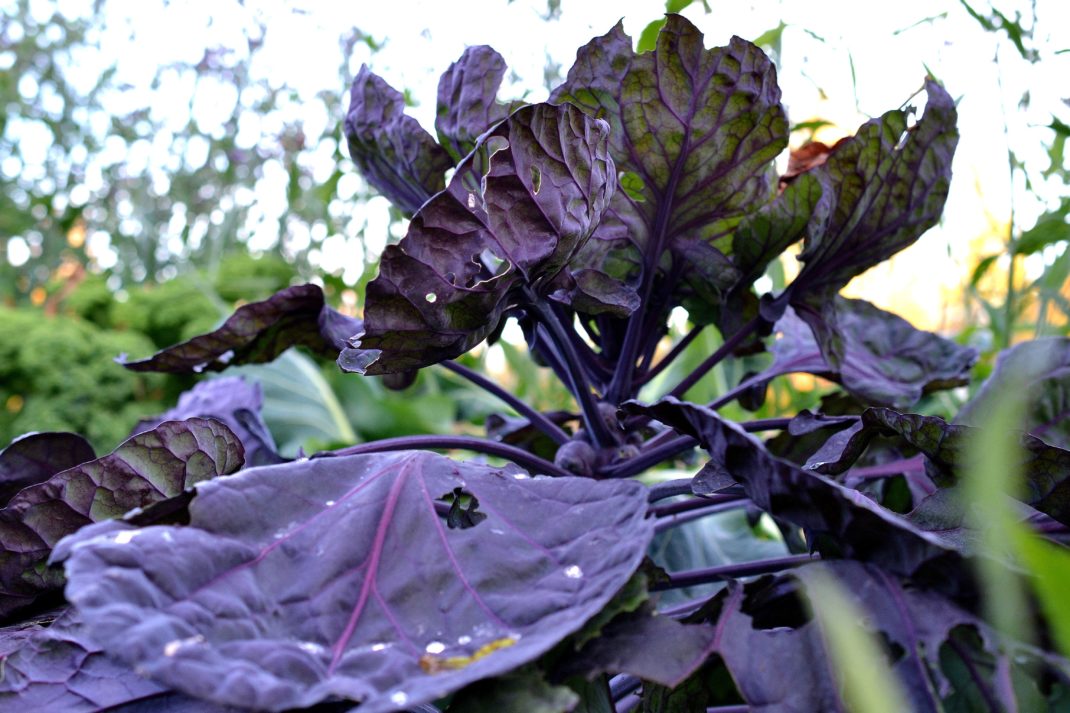
The Brussels sprout plants grow really large, and I think they look very pretty too! This is one of my many cabbage varieties, called Red Ball.
Cabbage is one of my absolute favorites in the garden, as you might know by now. I grow them every single year and harvest them both big and small. All year round. That's why I wanted to invite all of you to the magical world of brassica today! This is my big guide to growing these lovely vegetables, 10 cabbage varieties and how to use them.
I know that some of you just started your own gardening projects, but you don't have to be an expert to grow cabbage! Just experiment and find the varieties and methods that work for you. A lot of critters (in all sizes) enjoy munching on fresh cabbage and you might need to find your own best way to protect your plants. Hang in there!
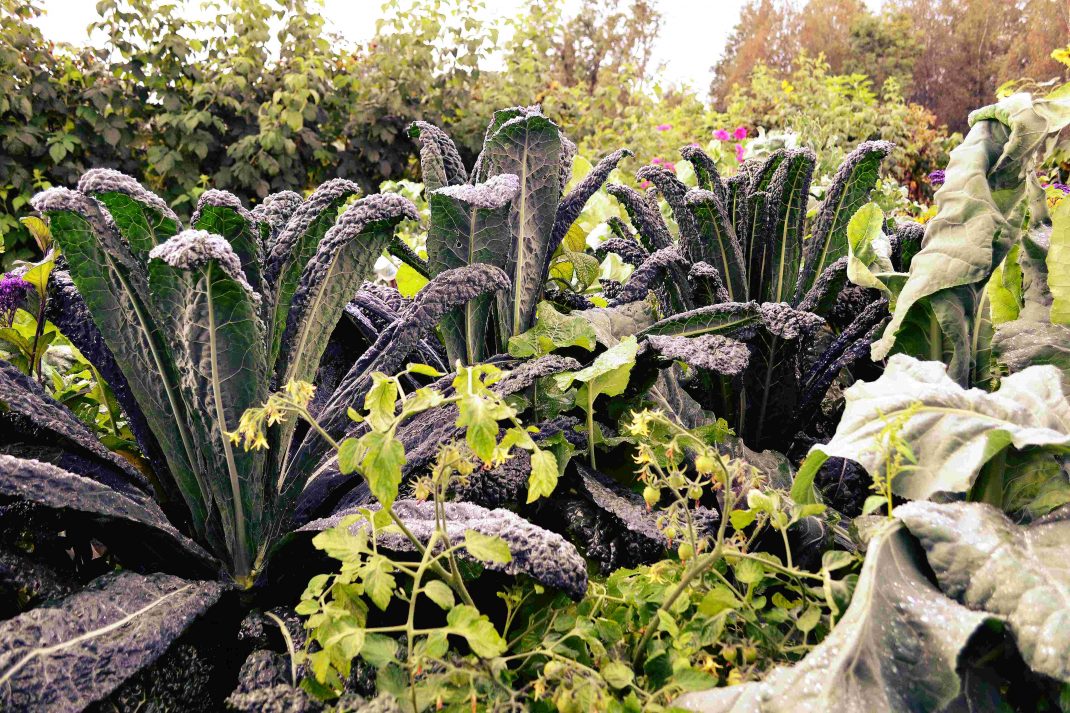
I'm going to leave my late sowing of cabbage out here until the frost comes.
Black kale
Black kale kind of looks like a little palm tree. The leaves are dark green and grow on a sturdy stem that can grow quite tall, up to your hip. The leaves are a bit smoother than green kale and the midrib is thick. You usually don't eat the midrib, so use the surrounding parts only. You can decide when you want to harvest your leaves. I enjoy them small and tender, but the fully grown leaves taste great too. Grow and harvest the black kale in the same year, or try to overwinter your plants if you want to. The plant will bloom in year two.
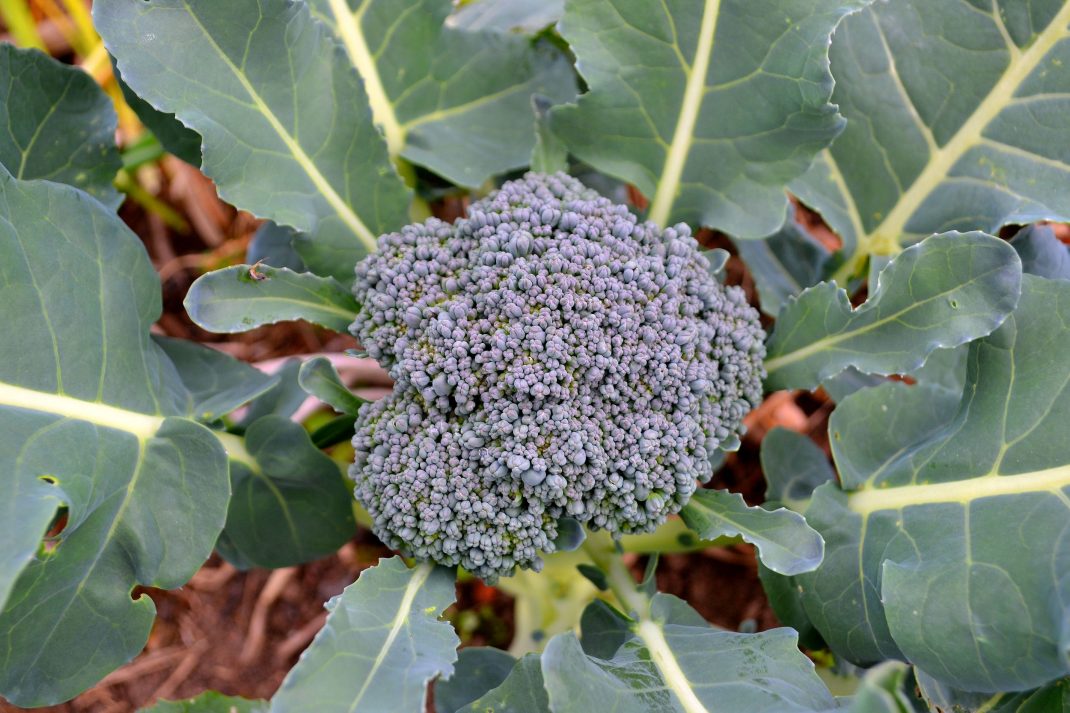
This is what the broccoli looks like, growing in my bed. Still quite a young plant.
Broccoli
The broccoli you see in the supermarket is only a very small part of the plant. It's actually quite large with plenty of leaves, growing from sturdy branching stems. The cluster of flower buds is probably what you have in mind when you hear the word broccoli. Harvest it, and watch as new little side shoots start sprouting from the main stem. These shoots are delicious too. And so are the leaves! They taste similar to black kale. You can eat the main stem too if you want. Simply peel it and eat it raw or boiled. If you want to grow broccoli in your garden, you need to remember that the plant needs a lot of space. Grow it from seed in a pot and move it to your bed later.
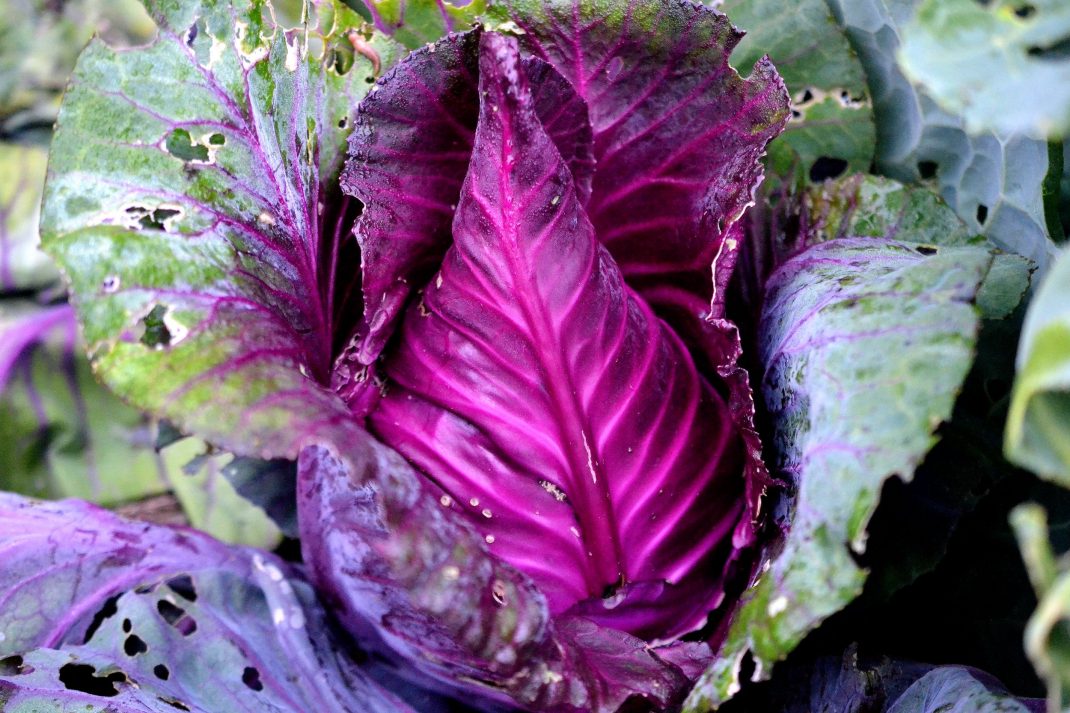
Pointed cabbage comes in more than one color, white/green and purple. This beautiful variety is called Kalibos.
Pointed cabbage
This cabbage creates a head, which means that the leaves close from the middle of the plant outwards. The interesting thing about this head is that it's pointy. More or less so depending on the variety you choose. There are regular white/green varieties as well as red ones. These types of cabbages have large and thick outer leaves called sepals. The cabbage head grows on the middle stem (sometimes half-lying on the ground), surrounded by the sepals. You can harvest the pointed cabbage when fully developed, or start pulling some of the leaves off before if you want.
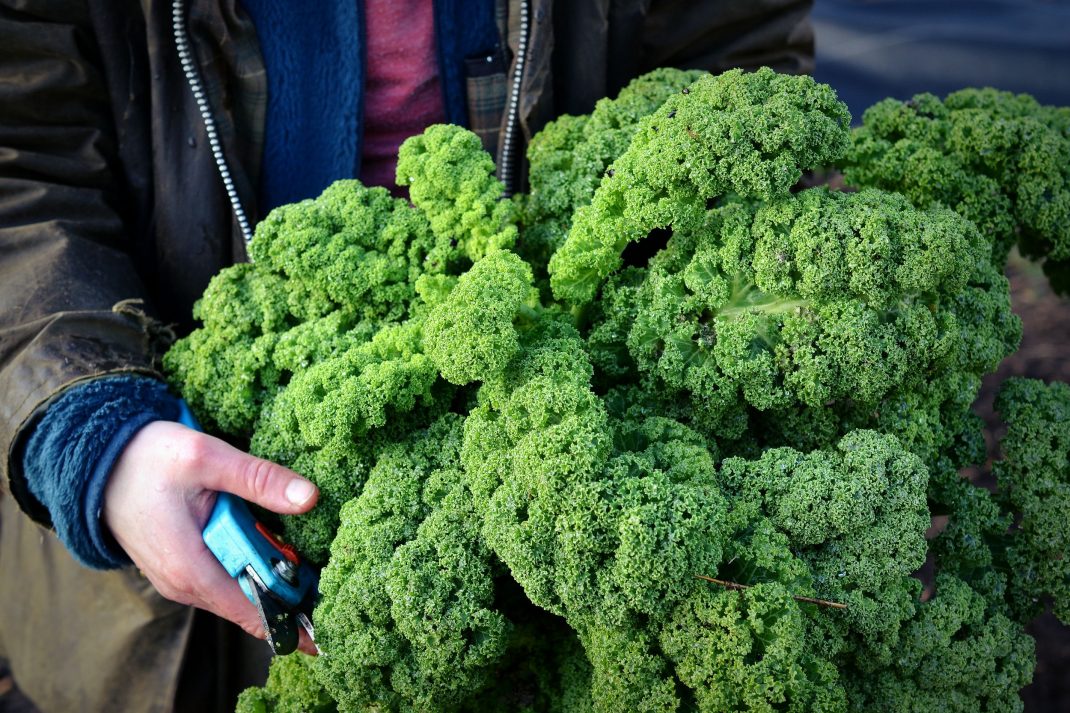
I harvested plenty of kale at Christmas, even though it was quite cold at the time.
Kale
This lovely cabbage is harvested leaf by leaf. Kale comes in many different colors, from regular green to white and purple/red and the leaves can be anything from almost smooth to very bumpy. The kale leaves grow along a sturdy stem that can grow quite tall, depending on which variety you decide to use of course. Most of the kale varieties are hardy and many people enjoy growing them late in the year for this reason. If you want to grow it in winter, just remember to protect your plants from hungry animals looking for a snack!
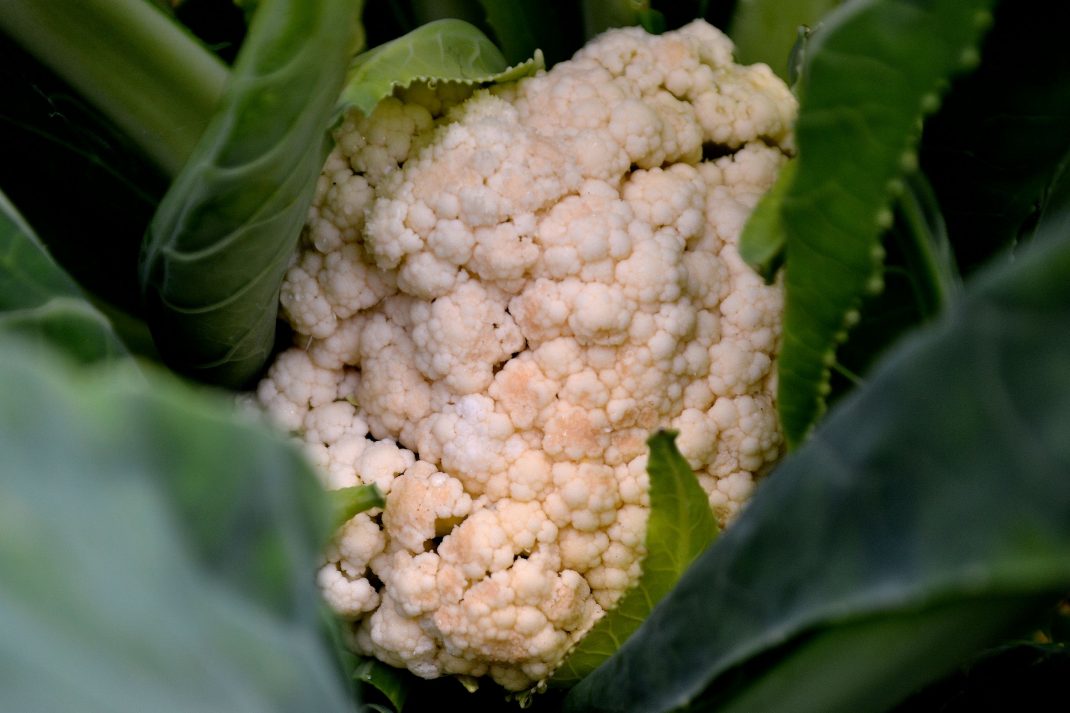
I sometimes need to lift the leaves a little to see the lovely cauliflower head in the middle of the plant.
Cauliflower
Just like I mentioned earlier, you only really see part of the plant in the grocery store. The cauliflower plant can grow very large, with big leaves surrounding the head. It grows in the middle of the plant and looks like a white ball enveloped in green leaves. It's not entirely easy to grow cauliflower at home, but I think it's well worth a try. The cauliflower can be quite sensitive to extreme weather and it might even bolt if it's too hot, too cold, very wet or very dry. In general, a bit too much of anything just doesn't work for the cauliflower. When the plant bolts, all of the tiny little flower buds start blooming. This is something that you want to avoid. You can get cauliflower in several different shades, for example white, purple, yellow and green.
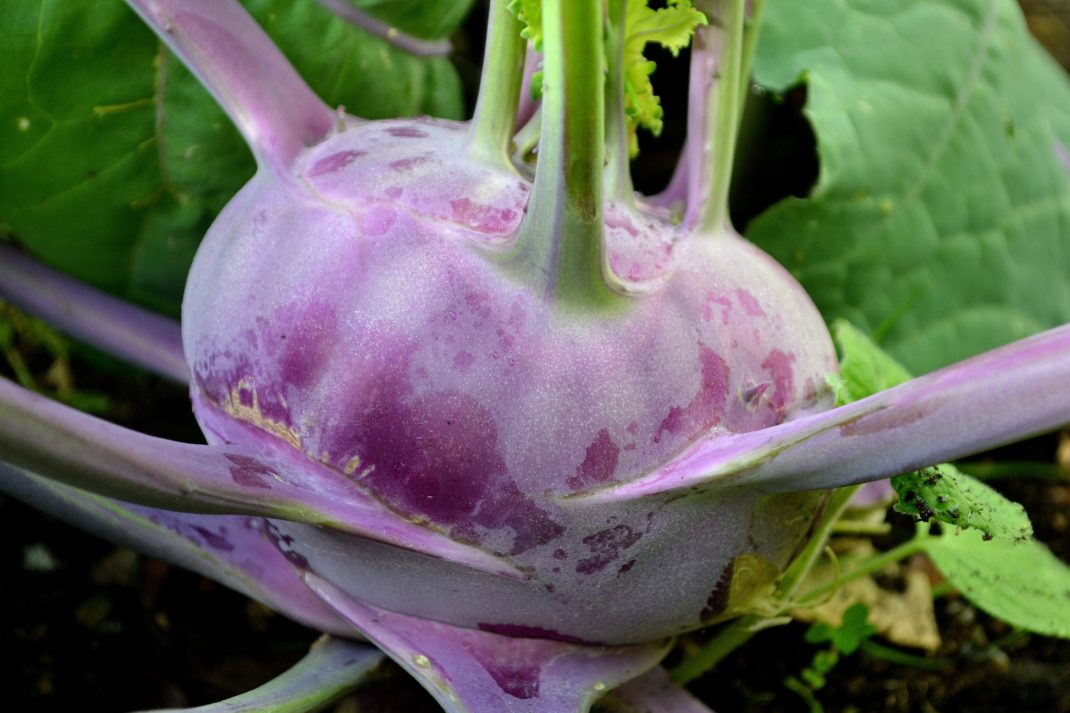
Cabbage turnip develops a large bulb with leaves.
Cabbage turnip
This is a fun brassica that I think stands out a bit. Cabbage turnip develops a large bulb, growing above ground. The cabbage turnip can be either green or purple on the outside, but bone white on the inside. I think that this plant is quite funny-looking with the beautiful, typically cabbage-like leaves growing straight up from the middle of the bulb. Cabbage turnip grows very quickly and you generally direct-sow it in spring or late summer. You can pre-sow it and plant outside later if you want though. When it's time to eat the cabbage turnip, just remove the leaves (you can use them in your cooking too) and peel the bulb. You can eat the bulb fresh, pan-fried or boiled. It has a mild cabbage taste, which gets even better if you make sure to water the cabbage turnip properly.
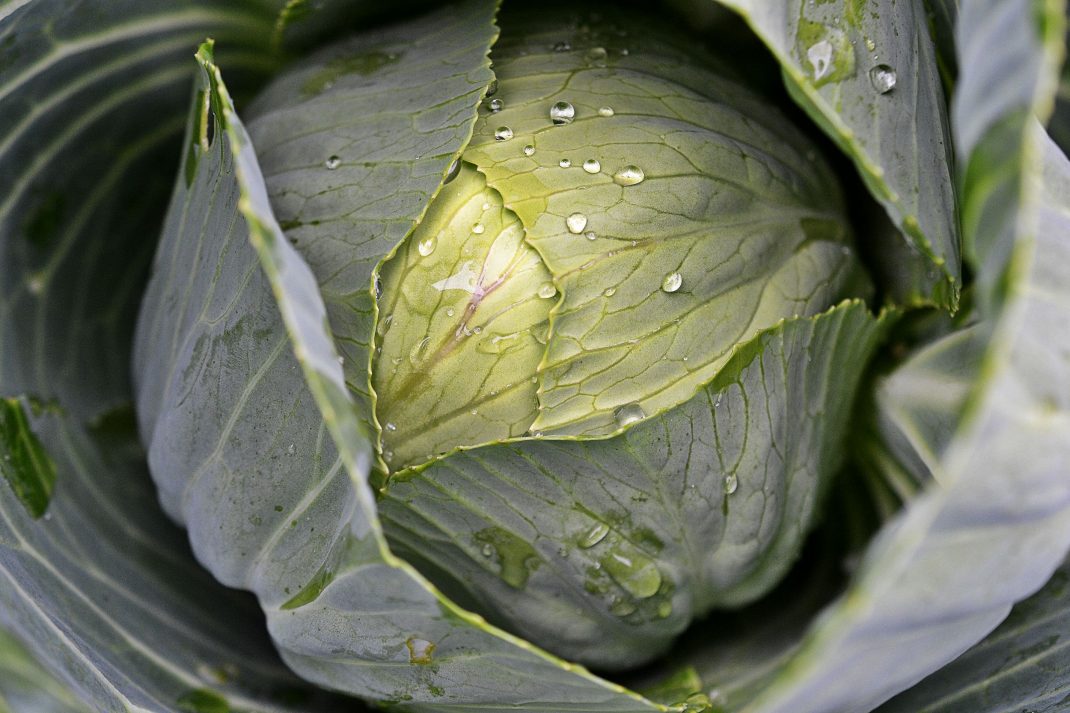
I'm so happy to see the white cabbage head closing up in early fall. They should grow to late fall up here in the north, and you can leave them in your beds for quite some time without any issues.
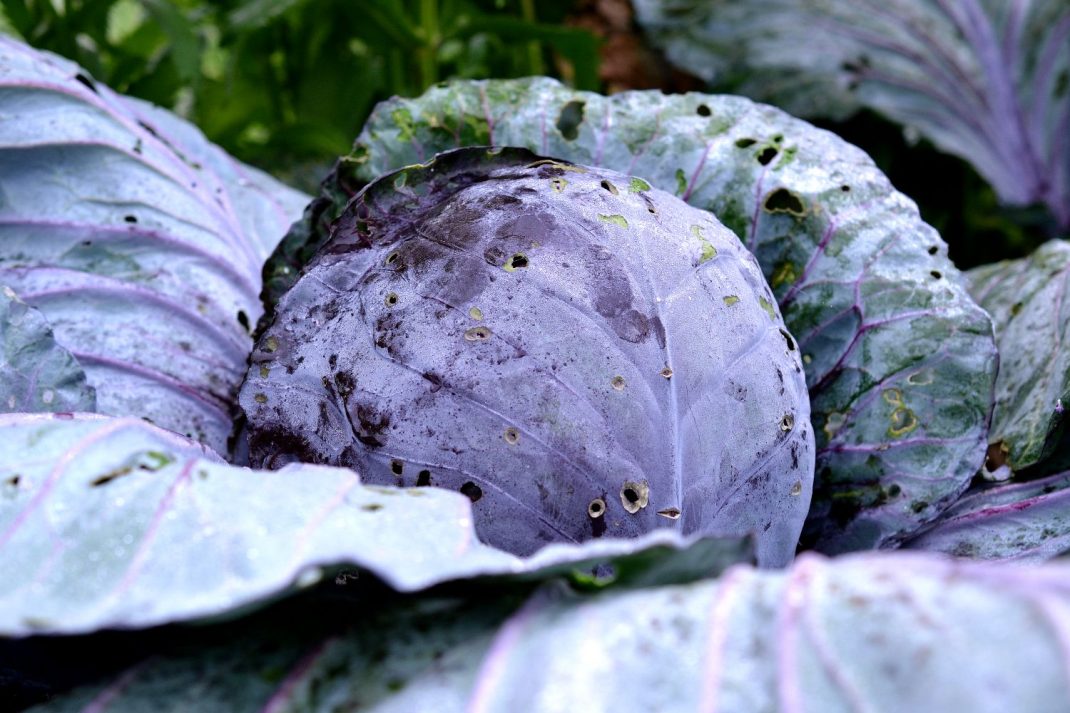
Red cabbage looks a lot like its white cousin, the only difference is the color!
White/red cabbage
These beautiful cabbage heads grow on huge plants! They can grow to 3 ft 3 in diameter, at least! The cabbage head develops in the middle of the plant. At first, the plant is all leaves. You will notice them starting to close up in summer though and this will turn into a large head that just keeps growing larger. The outer leaves, the sepals, will start to look a bit ugly after a while. So don't eat them and go for the head instead. There are plenty of different white and red cabbage varieties out there. Some varieties are very hardy and can stay in the beds until winter too.
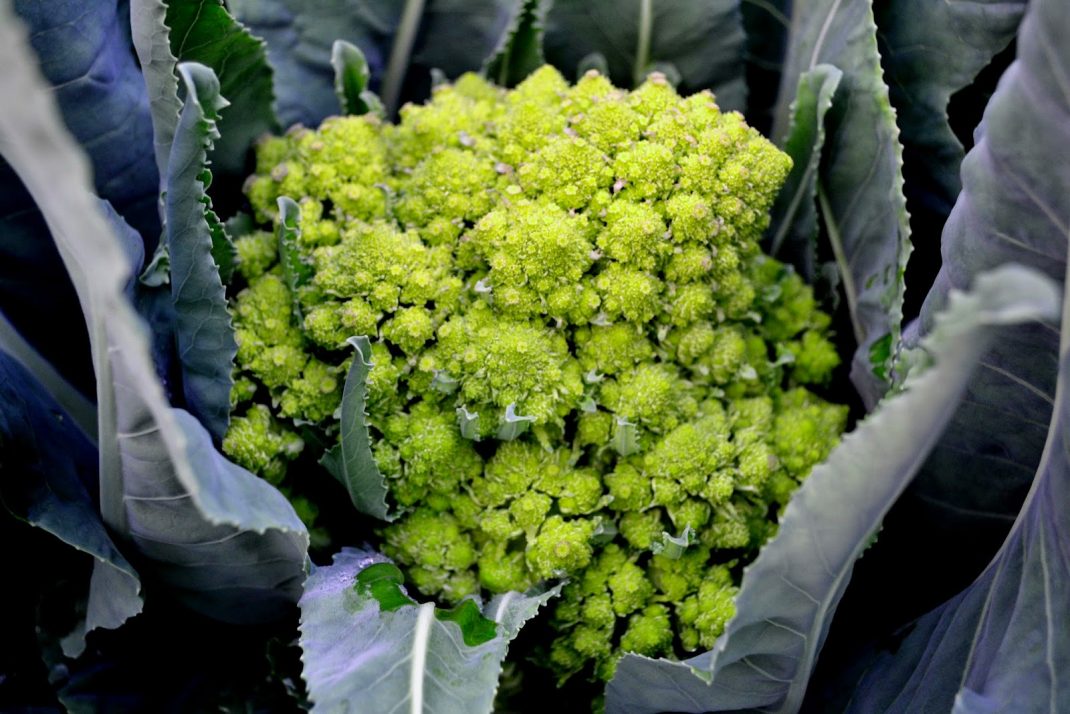
This romanesco is such a beautiful cabbage variety, with a huge head. Lovely!
Romanesco broccoli
This is probably one of the most interesting cabbage varieties I know of! It grows in a similar manner as cauliflower, but the plants are a lot larger. The romanesco can grow up to 3 ft 3 (1 meter) in diameter and develops a large head in the middle of the plant. This head looks a little like the cauliflower, but chartreuse with interesting little geometrical growths on top. You might see new little shoots growing from the plant after harvesting the head. These shoots are delicious! Just look out for cabbage moths, the larvae can be really hard to remove.
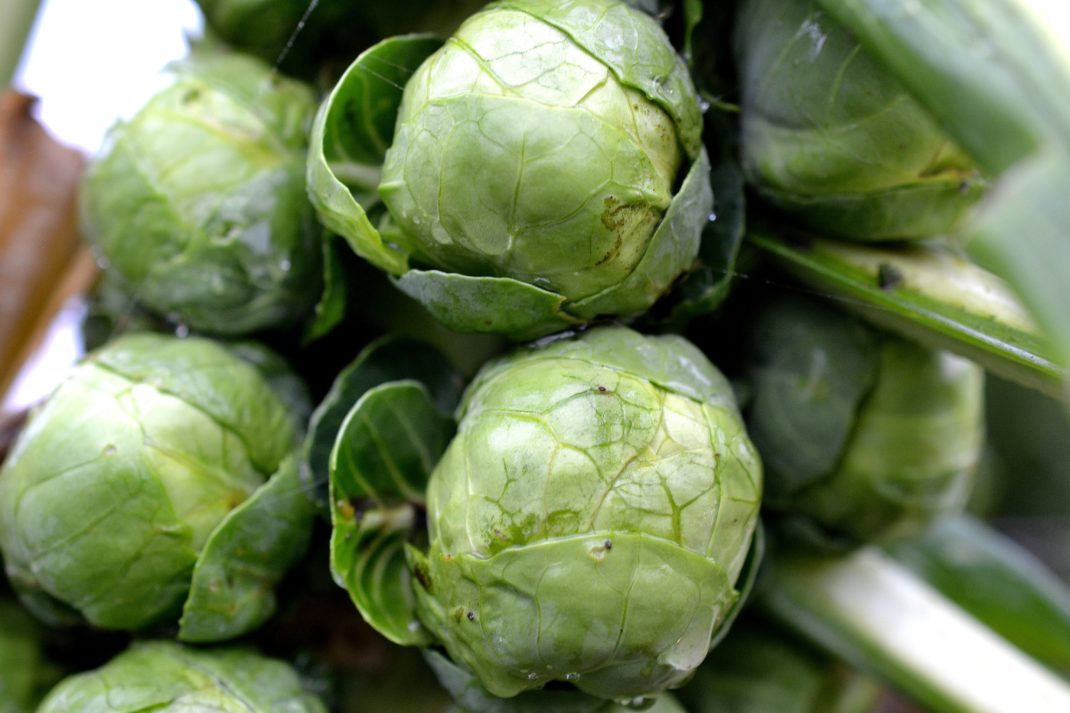
The Brussels sprouts are growing along the tall stalk. You get plenty of them from a single plant!
Brussels sprouts
The Brussels sprouts grow on a large and tall stalk with the characteristic cabbage leaves on top. As the plant grows, you might notice that the bottom leaves start looking a little worse for wear. The top leaves keep on developing though. In late summer, tiny little cabbage heads start growing on the stalk. They grow right where the leaves branch off and start to get larger in fall. Brussels sprouts are generally ready for harvest late in the season. You might need to support your plants since they can topple over quite easily. The Brussels sprouts can still grow though, as long as the root system is anchored in the ground.
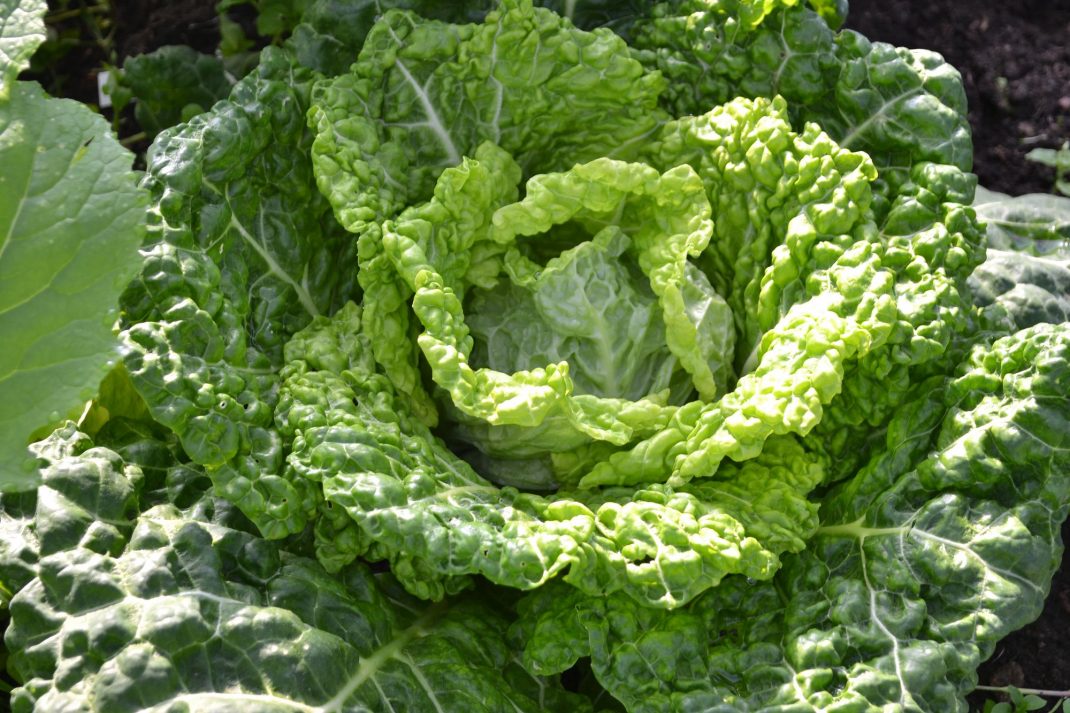
Look at the leaves! This is one of my favorite savoy cabbage varieties!
Savoy cabbage
Another cabbage head, just like white, red and pointed cabbage. The savoy leaves are not as smooth though, as you can see in the picture above. There are plenty of different savoy cabbage varieties with more or less bumpy leaves. And they come in different colors too! Some of them have vanilla white heads with green/purple sepals. Savoy cabbage is a very hardy cabbage which means that you can grow it in winter. Some varieties grow very quickly and you can harvest early. Others are better suited for the late season harvest.
Growing cabbage: tips
Growing cabbage is so much fun! They are beautiful, taste great and can be used in so many dishes. I can't help feeling proud when I succeed with my plants. Eating your homegrown food is pure joy! But I know that cabbage can be a bit tricky too. Here are a few tips:
- Sow the seeds in little pots and plant the cabbage outside later.
- Make sure to fertilize your soil properly before planting.
- Use a row cover on top to protect your vegetables against cabbage moths and other pests that like to munch on your crops.
- Keep fertilizing by adding mulch to your cabbage patch during the season.
More about cabbage:
Cabbage: From sowing to harvest
It's all about the cabbage
How to: Growing pointed cabbage
Why is my cabbage so leggy?
How to grow napa cabbage
There are so many cabbage varieties out here to choose from, so what are you waiting for? Start experimenting and find what works for you and your garden. Good luck!
/Sara Bäckmo
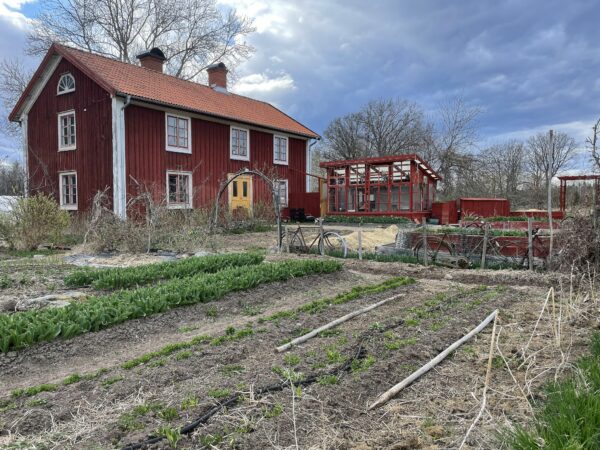
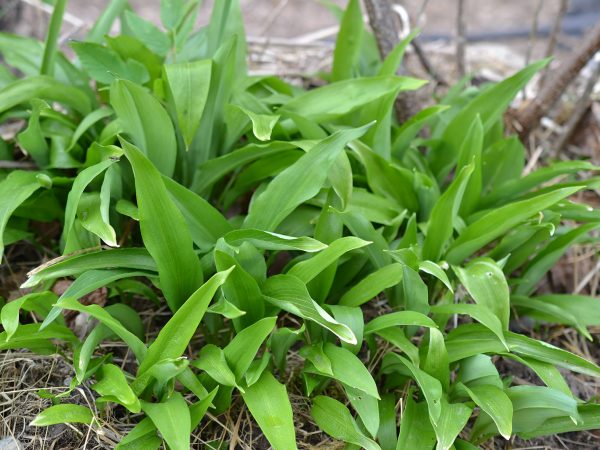
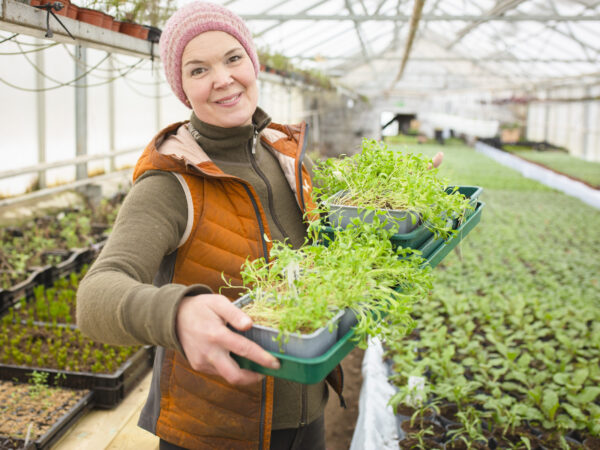
Hi Sara
I came across your posts when I searched for something like "why is my cabbage growing tall stalks"! I really enjoyed reading your posts, and I want to look out for more varieties to try in my new kitchen garden (only 7 months old). We're quite lucky with the mild weather here in Johannesburg.
Long story short, I realised I'd planted cauliflower, not the white cabbage I was picturing in my mind.
I have saved your blog to revisit in future. Thank-you!
Hi!
I do hope that you enjoy your cauliflower anyway! ? Why not have another go at growing cabbage next year? Best of luck! /Sara Bäckmo
Thank you so much! All the best!
Hi Sara
I live in Denmark, Viborg area, mid Jutland.
I so enjoy your blog and you tube videos, your garden is amazing. I love kale and cabbages.
I am not a very skilful vegetable gardener - yet - but I really enjoy it, it is pure medicin for the soul.
Do you have any experience with perennial kale? I grow Nine Star Perennial and Collard Green Vates, the Nine Star is beautyful, so huge and very tasty. Not the leaves so much, but the cauliflower head is great. I am about to make new mulched beds in my garden this year, I am sure my plants will thank me. It is much needed ; ) Thank you, Sara for sharing.
Bente
Hi there Bente!
I am so glad to see that you have found my blog. I have actually written about perennial Kale in this blog post: https://www.sarabackmo.com/collecting-sea-kale-seeds/ Enjoy! 🙂